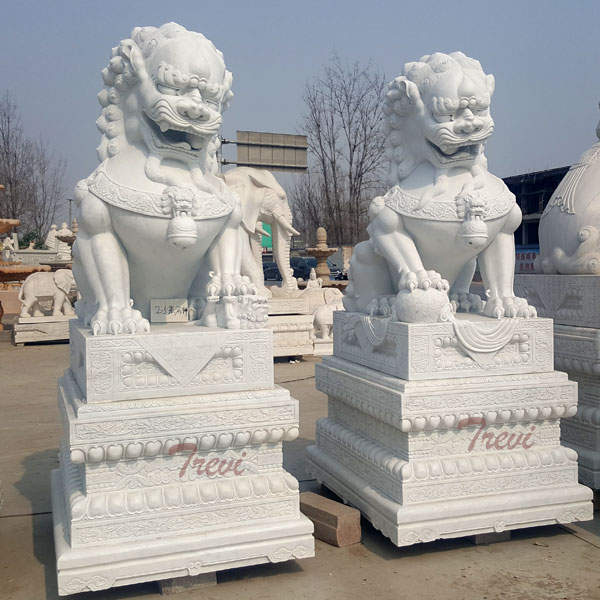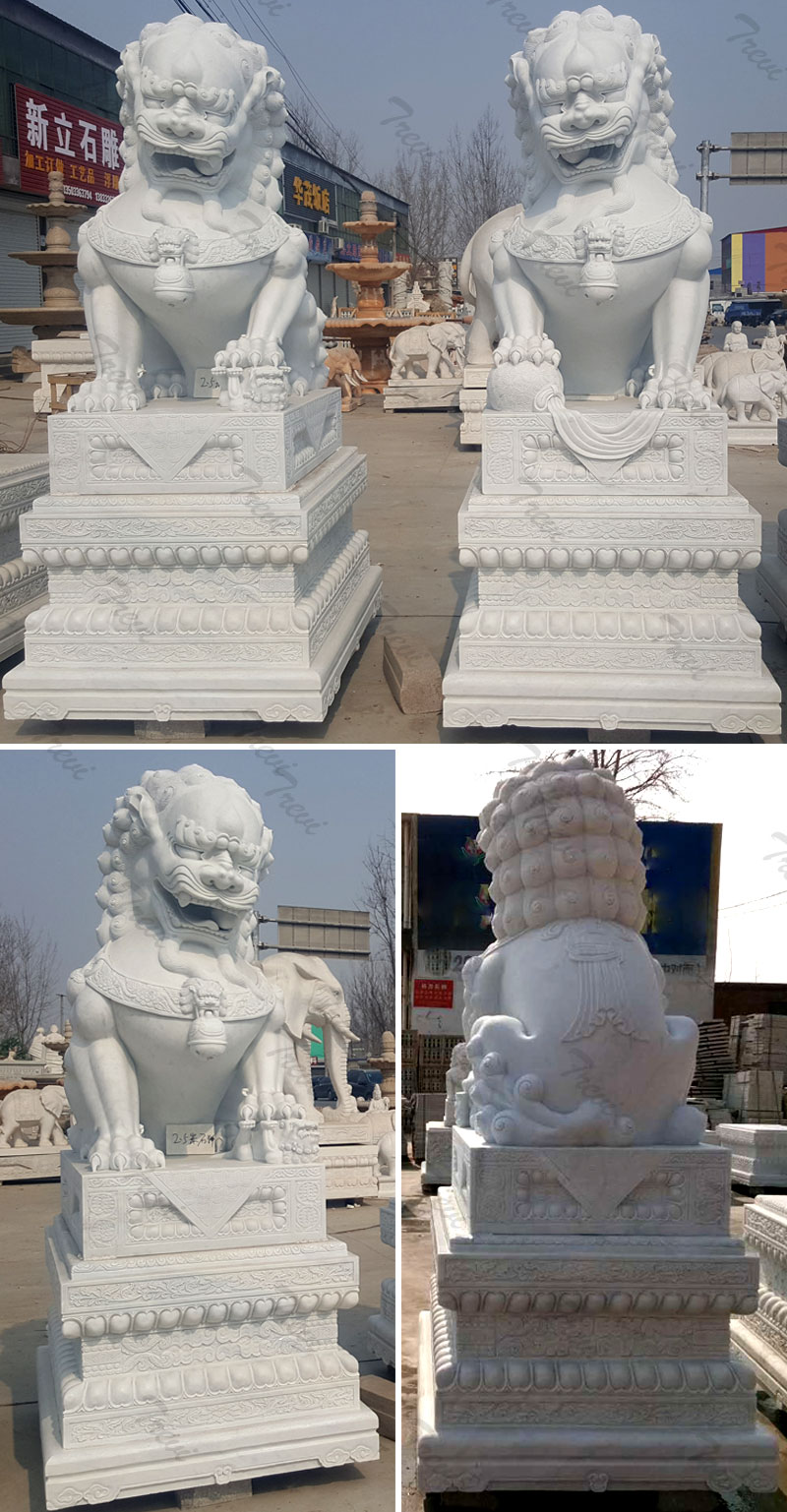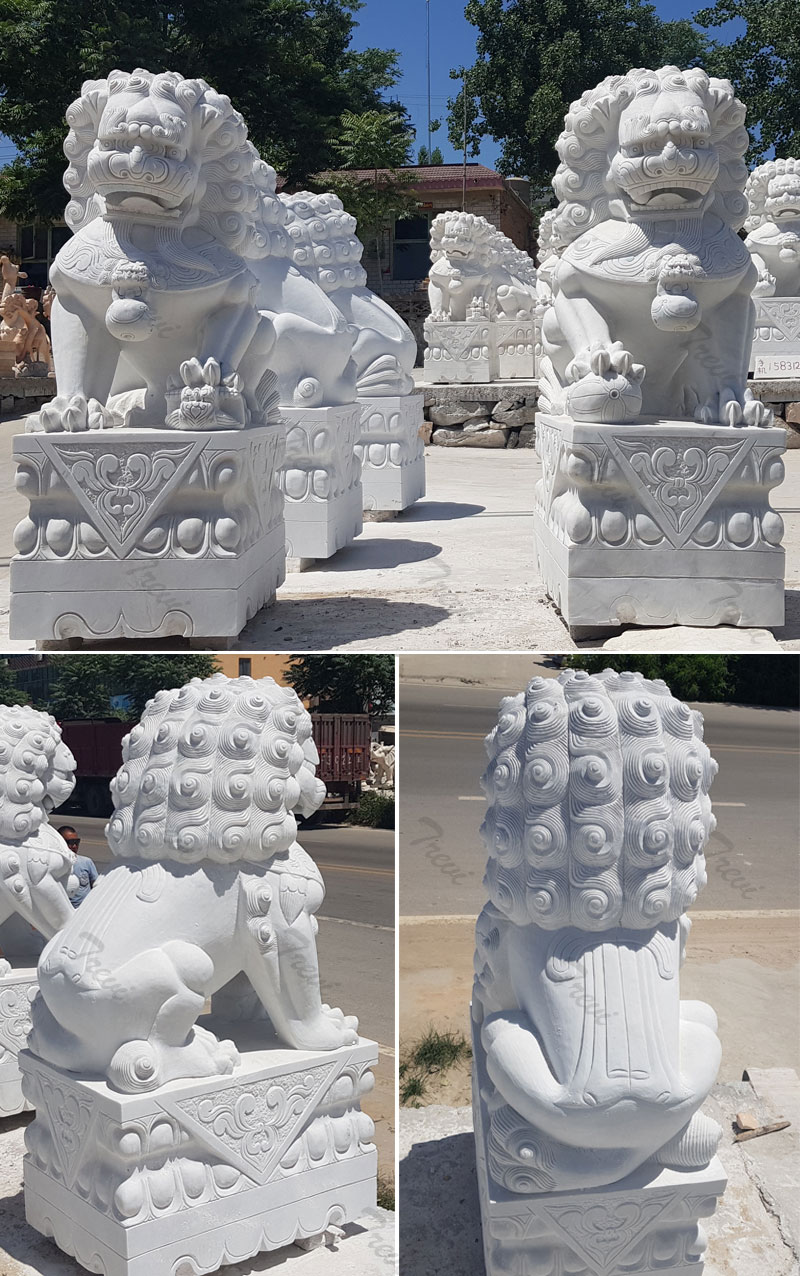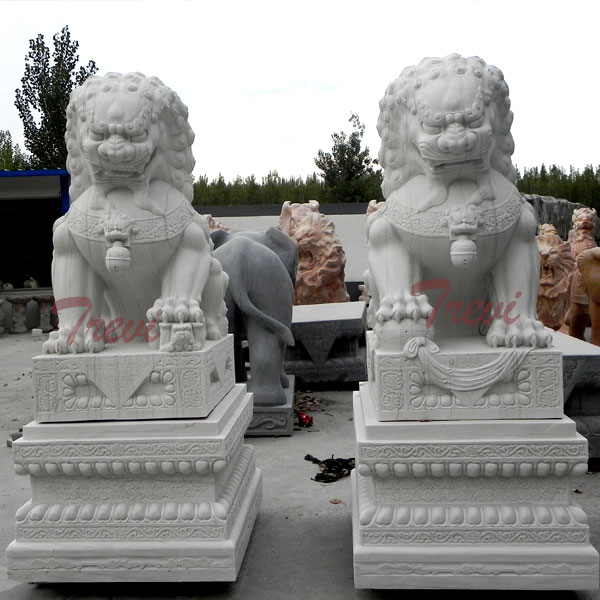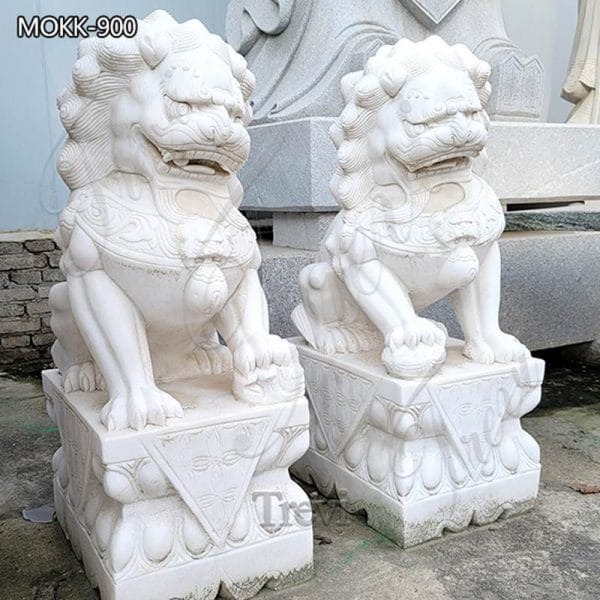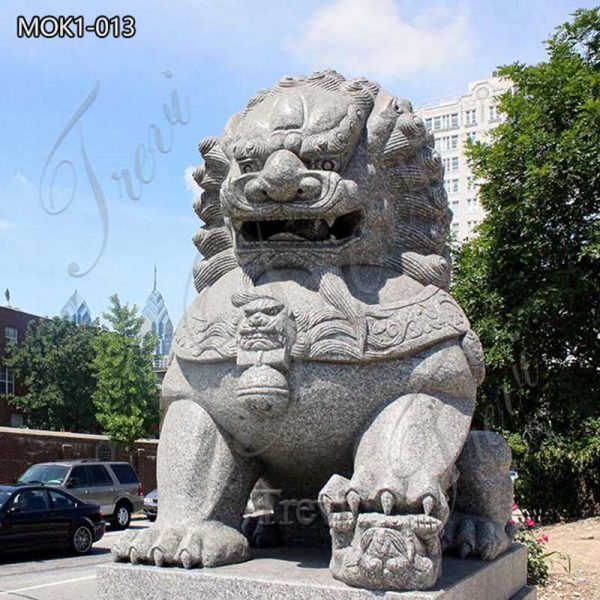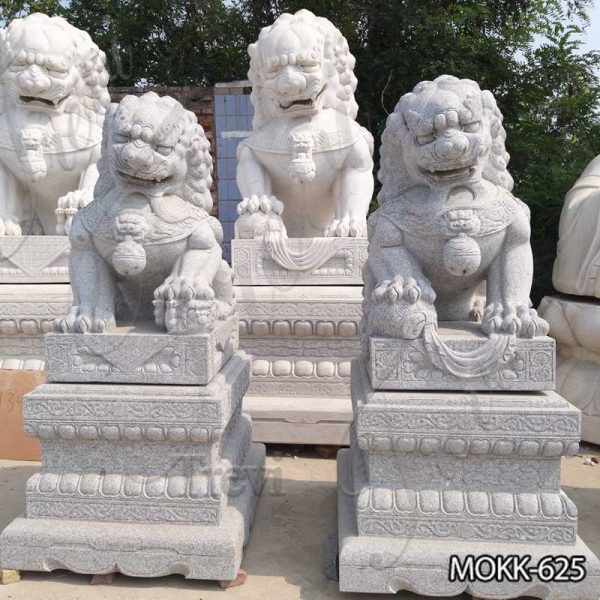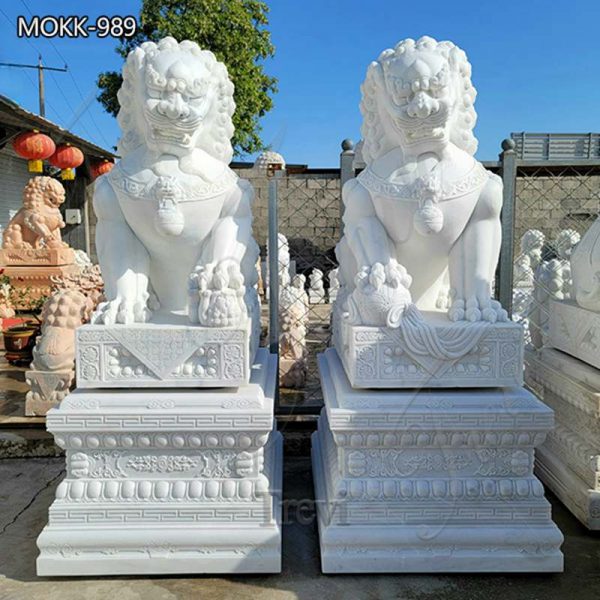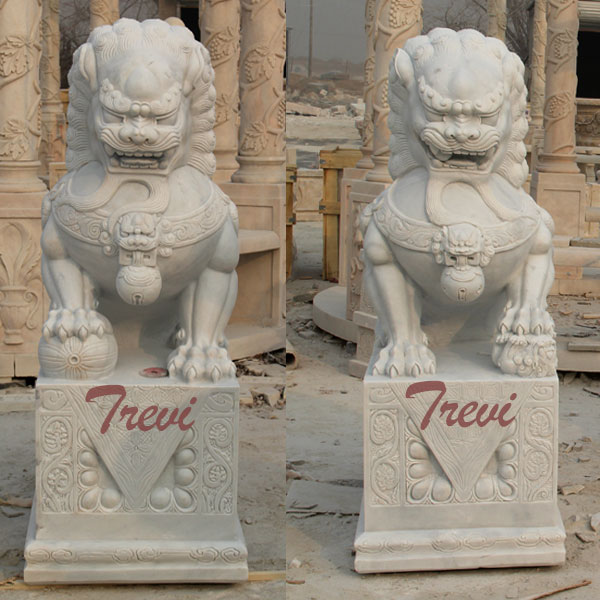China’s guardians Foo Dogs originated from a similar giant lion statue and was placed at the entrance of Chinese temples as a symbol of wealth and protection. Lions are traditionally carved with marble and granite, or cast with iron or bronze. The difference between Foo dogs and a traditional lion is that the face of an lion guardians fu dog has a mischievous or demonic appearance. The eyes are usually large and spacious with a small hole in the middle. The corpses are carved with gorgeous mane and often put on jewels. This menacing appearance conveys the notion that these statues are capable of stopping evil.
Because of the high cost of making statues, the presence of these China’s guardians Foo Dog is also associated with wealth. When both Japan and Okinawa are in pairs, a lion usually opens his mouth while the other lion closes. This is not a coincidence, but a Buddhist symbol. Opening the mouth means forming a sound “a” seest, while the closed mouth forms the sound “un” うん. Together, they form a word a-un, the Japanese expression of the Indian OM. Originated in Hinduism and adopted by Buddhism, the meaning of Om sometimes seems vague, but sometimes it is described as the name of God or the sound of Cosmic vibrations. At least in Japan, “a” and “un” are also symbols of starting and ending, just as Western countries use alpha and Omega.
Sometimes it is said that the China’s guardians Foo Dogs open animal is male and the other is female. Many offices, shops, hotels and restaurants may place the lions of these Chinese guardians on either side of the entrance. They are considered to be able to protect their business.
They are designed to attract happy and satisfying customers and let trouble makers stay away from them. China’s guardian Lion is a symbol of power and protection. They can be found in all the countries where the Chinese are settled. Westerners have adopted this protective sign. They now live in thousands of homes. Foo dogs are sold in a variety of sizes to meet everyone’s needs.
